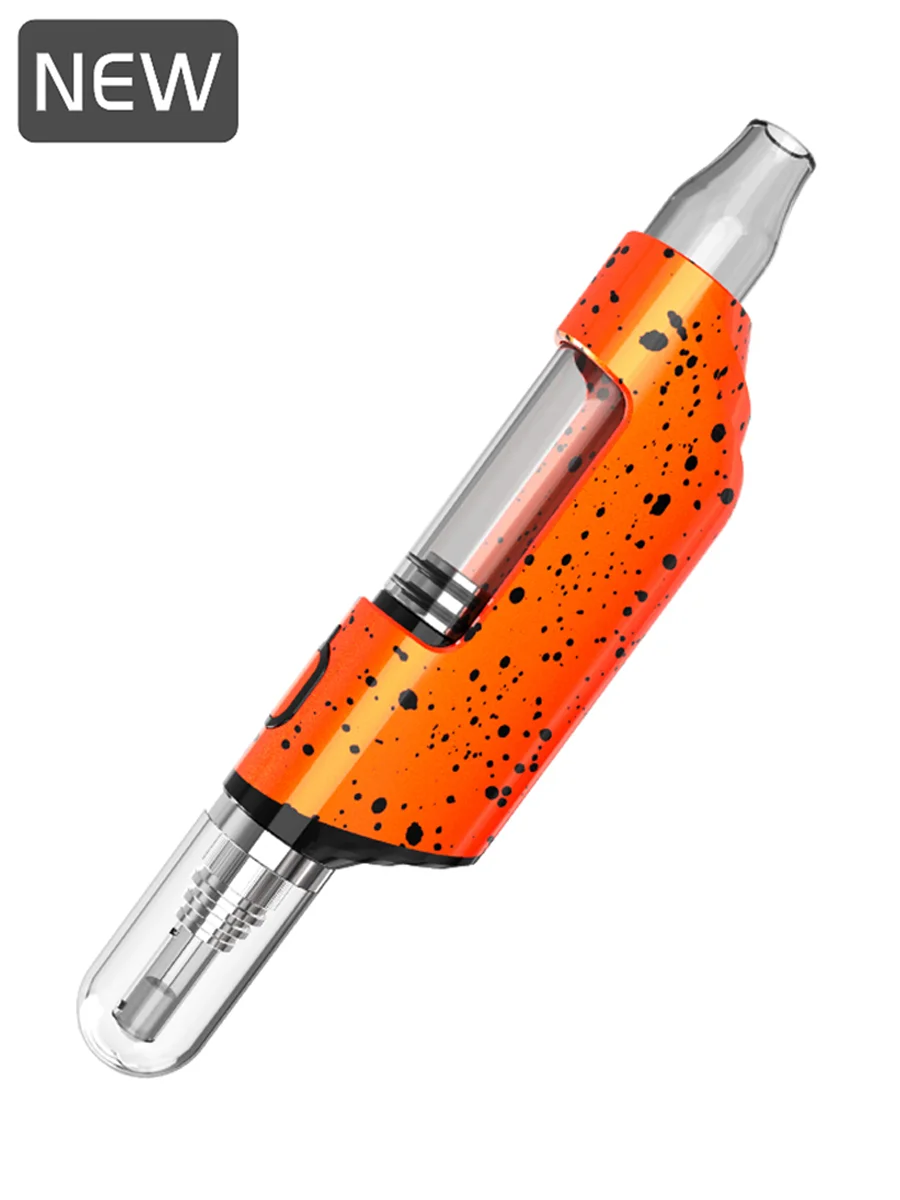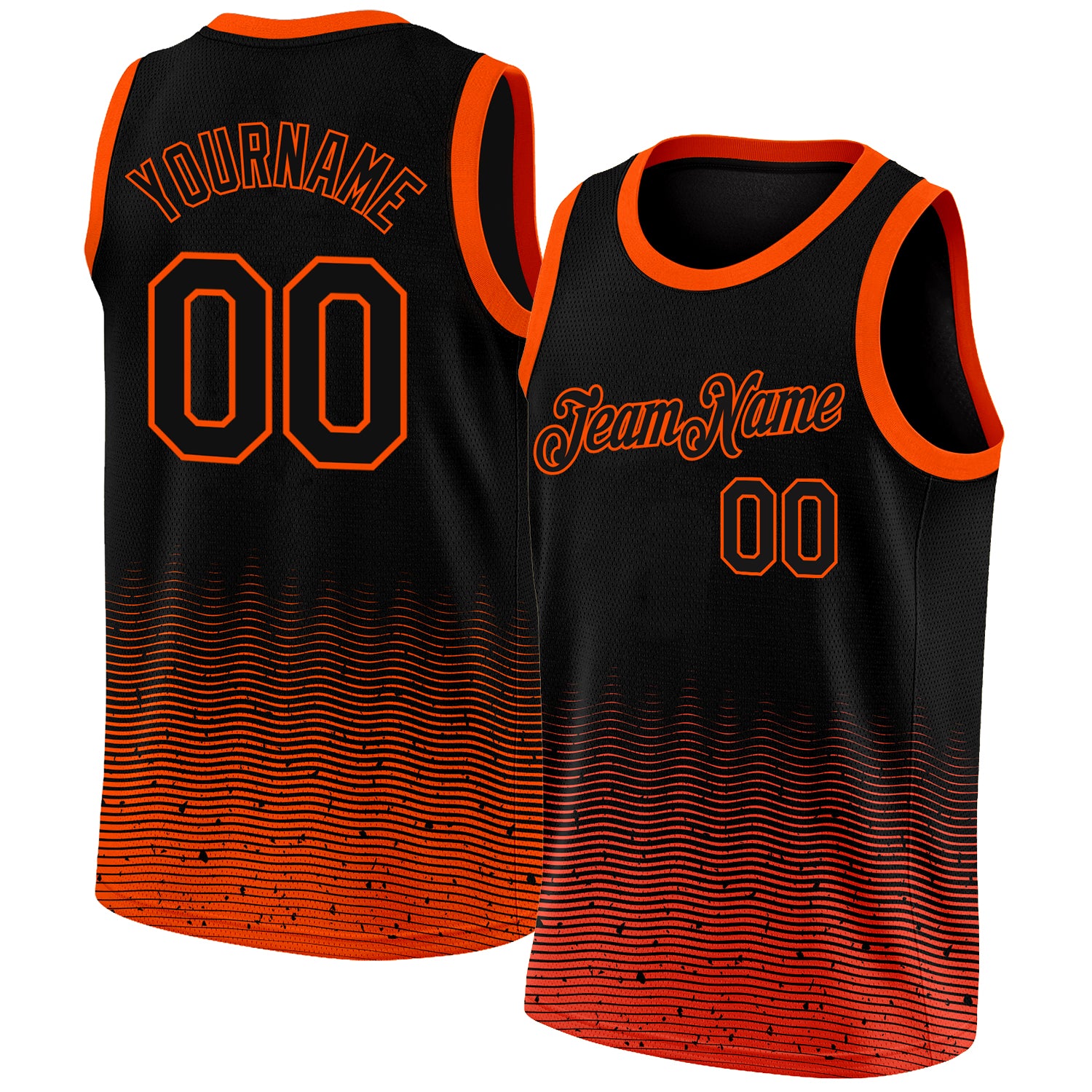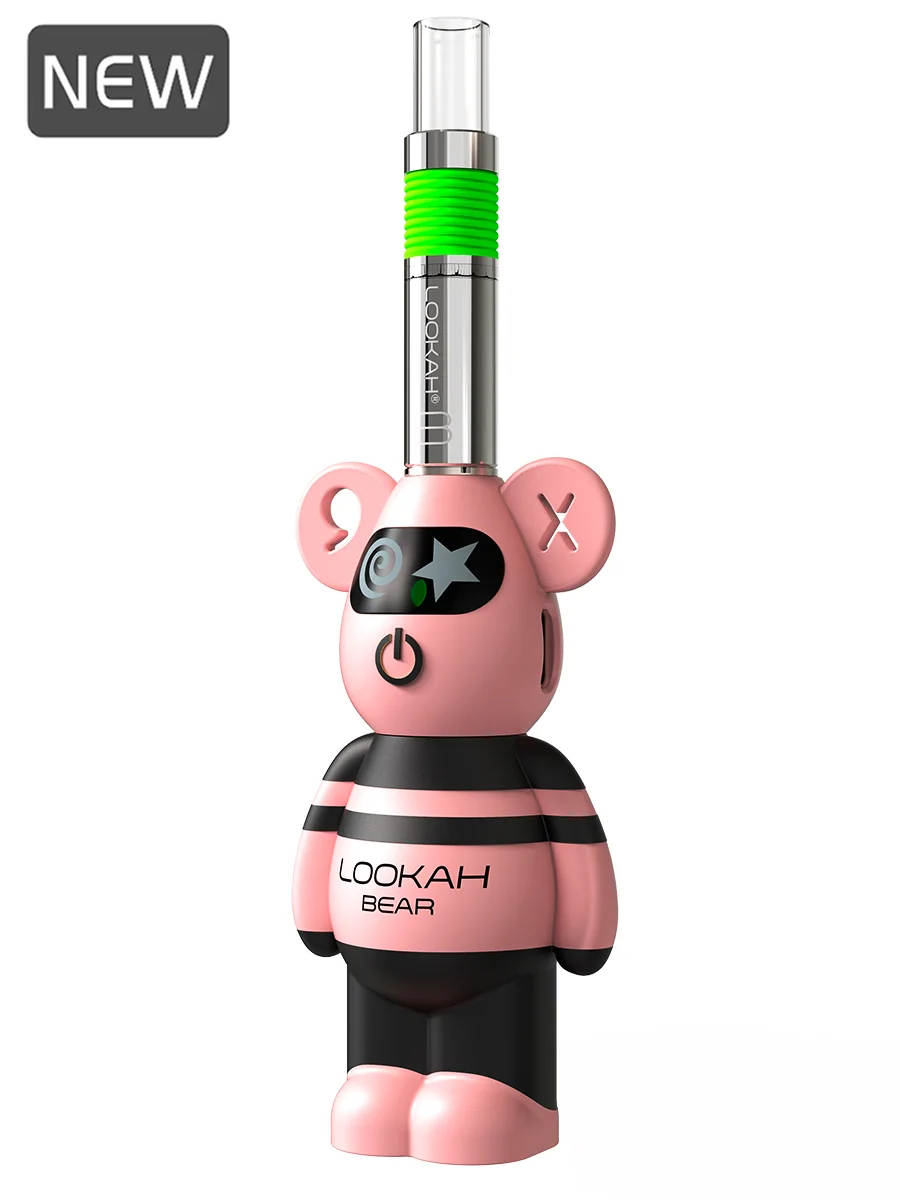
Printing has been an essential part of our society for centuries, starting with the invention of the printing press by Johannes Gutenberg in the 15th century. While the digital age has transformed communication, printing continues to play a crucial role in industries such as marketing, education, manufacturing, and art. As technology continues to evolve, the future of printing looks promising, with new innovations offering exciting opportunities. In this article, we will explore some of the latest trends and innovations shaping the future of printing and how they are transforming various industries.
The Digital Revolution in Printing
One of the most significant developments in the 易拉架 world is the shift toward digital printing. Digital printing involves directly transferring digital images onto various surfaces, eliminating the need for traditional printing plates. This method has become increasingly popular due to its ability to provide high-quality prints quickly and at a lower cost for small print runs.
The growing demand for personalization and customization in products has made digital printing a key player in industries like fashion, packaging, and marketing. With digital printing, companies can offer on-demand printing, which allows them to print materials as needed rather than in bulk. This flexibility reduces waste and ensures that businesses can meet customer demands without overproduction.
Moreover, digital printing offers more efficient workflows and faster turnaround times, allowing businesses to stay competitive in a fast-paced, on-demand market. As digital printing technology continues to improve, we can expect even greater advancements in speed, quality, and versatility, making it an even more integral part of various industries.
3D Printing: Transforming Manufacturing and Beyond
Perhaps one of the most groundbreaking innovations in the world of printing is 3D printing, also known as additive manufacturing. Unlike traditional printing, which produces two-dimensional images, 3D printing creates three-dimensional objects by adding layer upon layer of material. This technology has the potential to revolutionize industries such as healthcare, automotive, aerospace, and construction.
In the medical field, 3D printing is already being used to create custom prosthetics, implants, and even organs. Surgeons can use 3D-printed models to plan complex surgeries with greater precision, and patients benefit from more personalized, accurate solutions. As the technology advances, 3D printing is expected to make even more significant contributions to healthcare, from the creation of tissue and organ transplants to customized medical devices.
In manufacturing, 3D printing allows for rapid prototyping and the production of intricate parts that would be difficult or impossible to create using traditional methods. Industries like aerospace and automotive are already using 3D printing to produce lightweight and durable components, reducing material waste and cutting production costs. The ability to produce custom parts on demand also reduces the need for large inventories, providing a more sustainable and cost-effective solution.
Additionally, 3D printing is even making its way into construction, with entire buildings being 3D printed using concrete and other materials. This technology has the potential to drastically reduce construction costs and time, making affordable housing more accessible and enabling faster disaster recovery in affected areas.
Eco-Friendly and Sustainable Printing Practices
As the world becomes more environmentally conscious, the printing industry is following suit by adopting more sustainable practices. Eco-friendly printing technologies are on the rise, focusing on reducing waste, conserving energy, and using sustainable materials.
One of the main trends is the use of recycled paper and biodegradable inks. Recycled paper is made from post-consumer waste, reducing the need for virgin wood pulp and minimizing deforestation. Biodegradable inks, often made from plant-based materials, offer a more eco-friendly alternative to traditional petroleum-based inks, which can be harmful to the environment.
In addition to using sustainable materials, many printing companies are focusing on reducing their carbon footprint. Energy-efficient printing presses, solar-powered facilities, and waste-reduction initiatives are helping to minimize the environmental impact of printing operations.
Print-on-demand services also support sustainability by ensuring that only the necessary quantity of items is produced. This reduces excess inventory, waste, and the carbon footprint associated with shipping unsold goods. Businesses and consumers alike are increasingly opting for on-demand printing to make the most of their resources while minimizing environmental harm.
The Role of Augmented Reality (AR) and Interactive Print
As digital technologies continue to blur the lines between the physical and virtual worlds, augmented reality (AR) is making its way into the printing industry. AR allows users to interact with printed materials using smartphones or AR glasses, unlocking additional content or experiences that go beyond what can be seen on paper alone.
This technology opens up new possibilities for marketing, education, and entertainment. For example, printed brochures, advertisements, or packaging can come to life when scanned with a smartphone, displaying videos, 3D models, or interactive product demos. This level of engagement enhances the user experience and provides brands with a unique way to connect with consumers.
Interactive print also has potential applications in education, where printed textbooks or learning materials could be enhanced with AR elements. Students can interact with lessons in a more immersive way, improving learning outcomes and engagement.
As AR technology becomes more advanced and accessible, we can expect it to play a significant role in the future of printing, creating richer and more dynamic experiences for users.
The Impact of Artificial Intelligence (AI) and Automation
Artificial intelligence (AI) and automation are set to play a crucial role in the future of printing. From predictive maintenance of printing equipment to optimizing print workflows, AI is streamlining the printing process and improving efficiency. AI can analyze production data to anticipate issues before they arise, reducing downtime and minimizing the need for human intervention.
Automation also improves the speed and precision of printing operations. Automated systems can handle everything from color management to packaging, allowing for faster turnaround times and higher consistency in print quality. This is particularly valuable for industries that require large-scale, high-volume printing, such as packaging and advertising.
Moreover, AI-driven design tools are transforming the creative process, enabling designers to generate print-ready designs with greater ease and accuracy. Machine learning algorithms can also analyze consumer behavior to create personalized marketing materials tailored to individual preferences.
Conclusion
The future of printing is bright, with numerous innovations shaping the way businesses, industries, and consumers interact with printed materials. From the rise of digital printing and 3D printing to the adoption of eco-friendly practices and the integration of augmented reality, the printing industry is evolving to meet the demands of a digital and sustainable future.
As technology continues to advance, printing will remain a vital tool for communication, creativity, and industry. With the continuous exploration of new possibilities, the future of printing holds exciting opportunities, offering businesses and consumers a more efficient, personalized, and sustainable way to produce and interact with printed content. The printing industry is not just surviving in the digital age—it is thriving, and its evolution shows no signs of slowing down.






